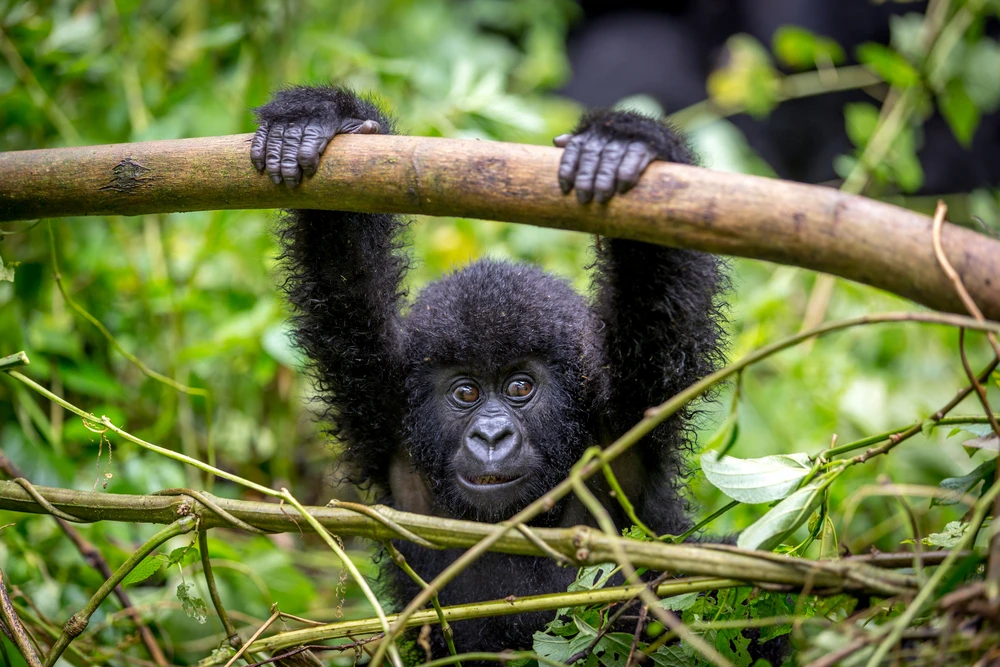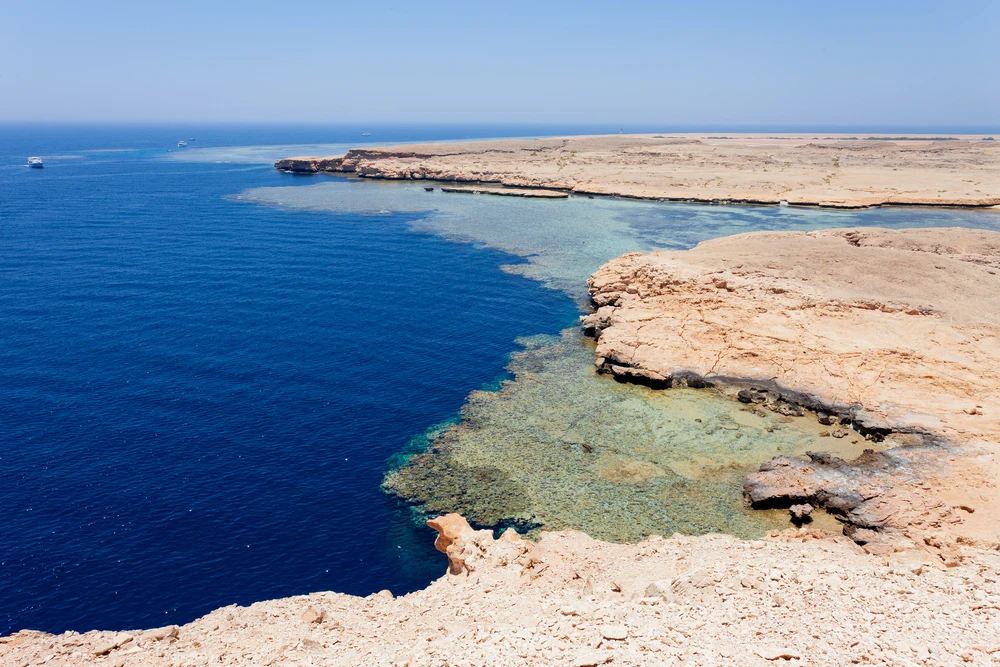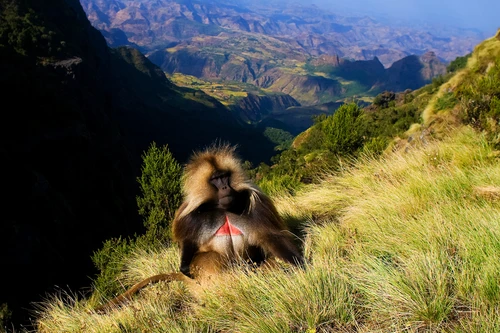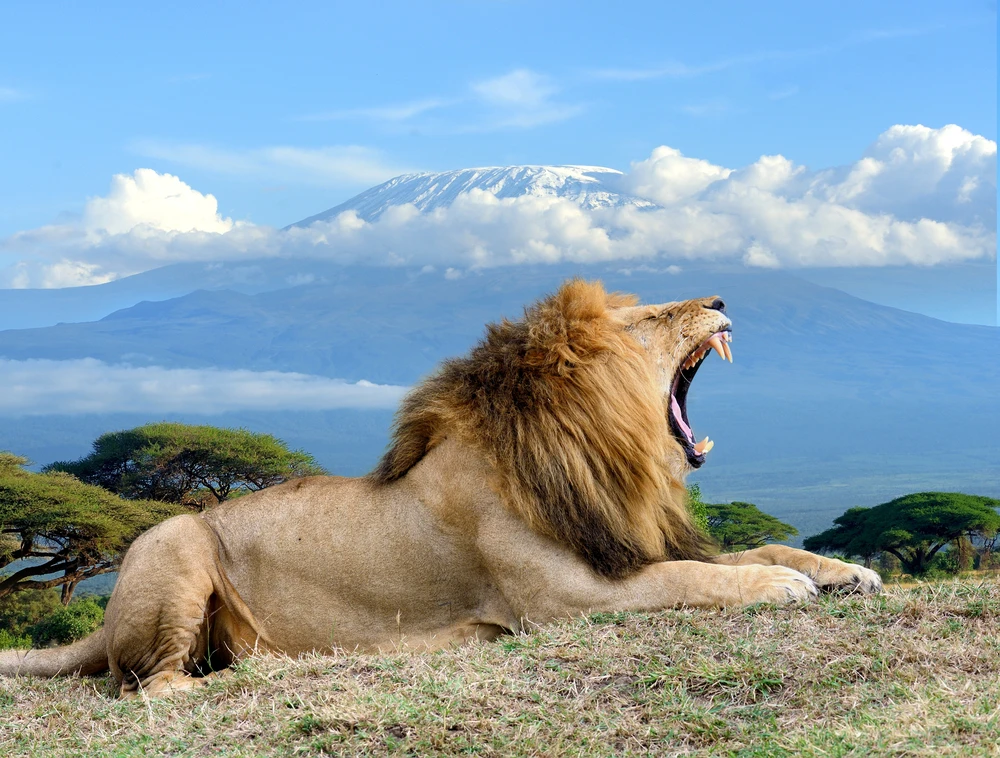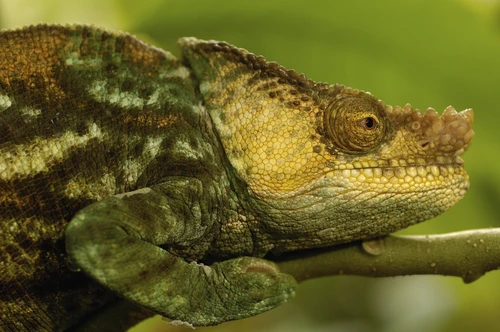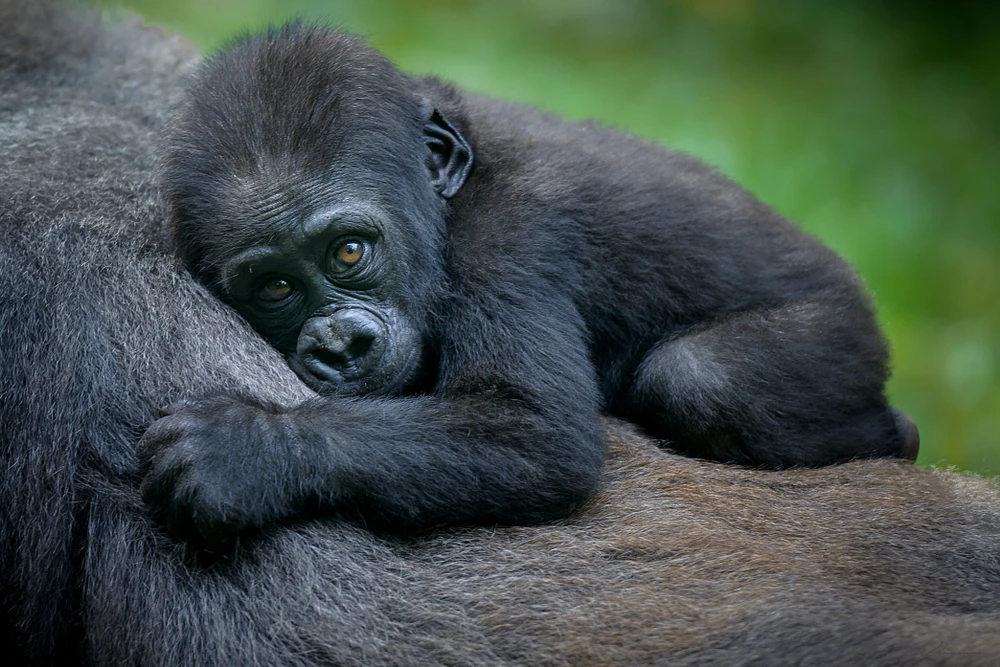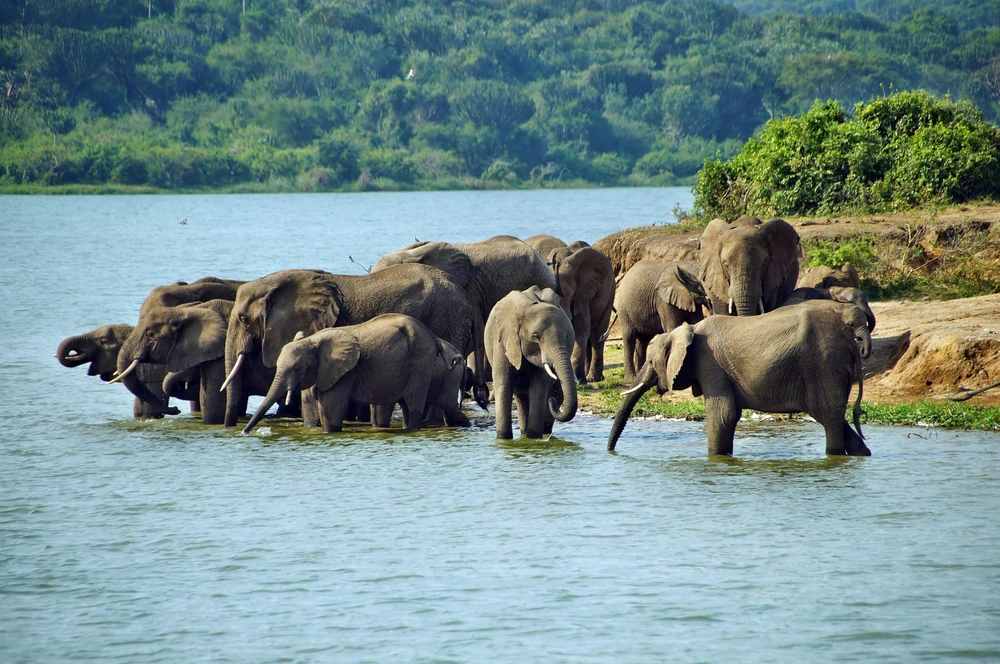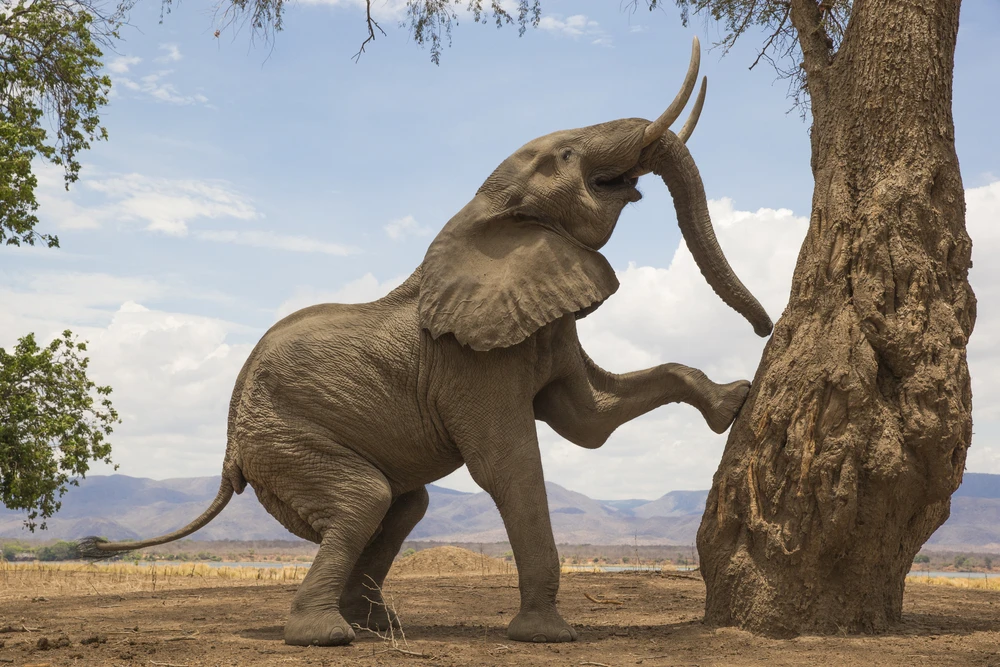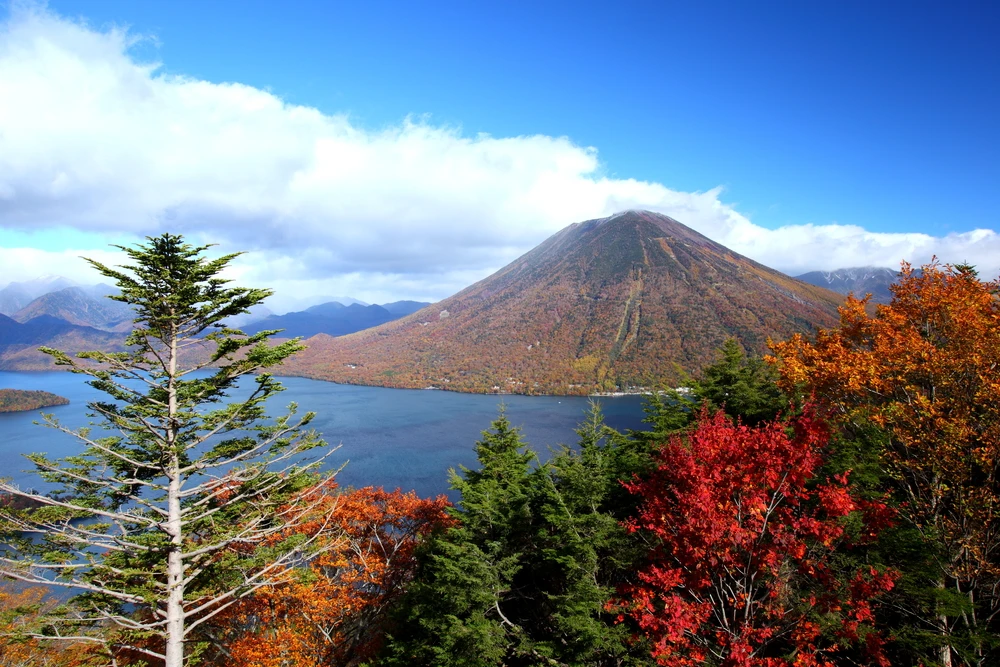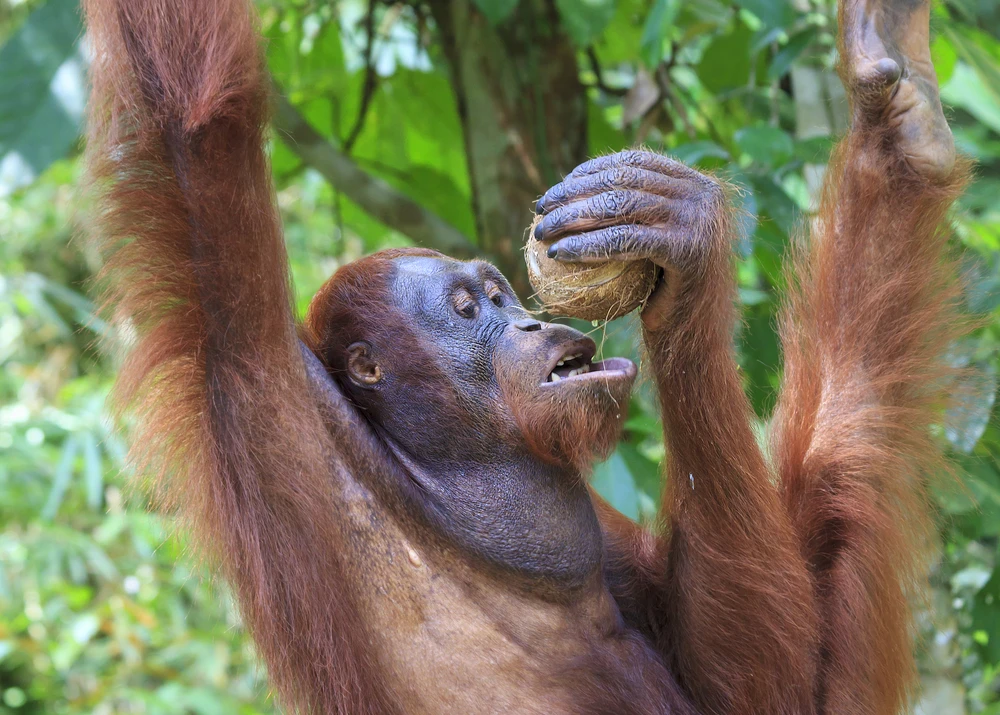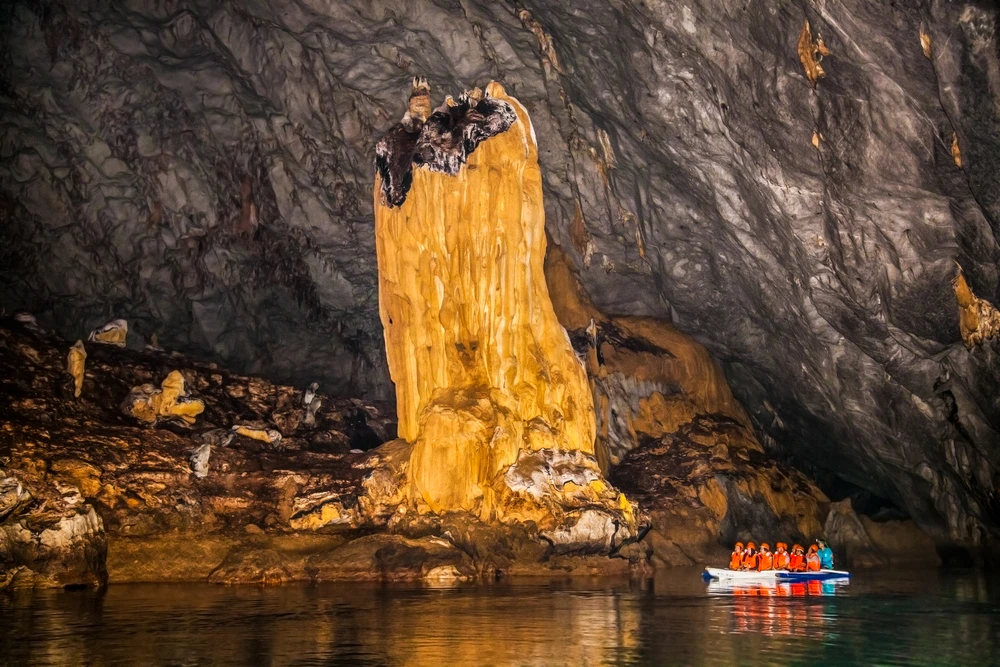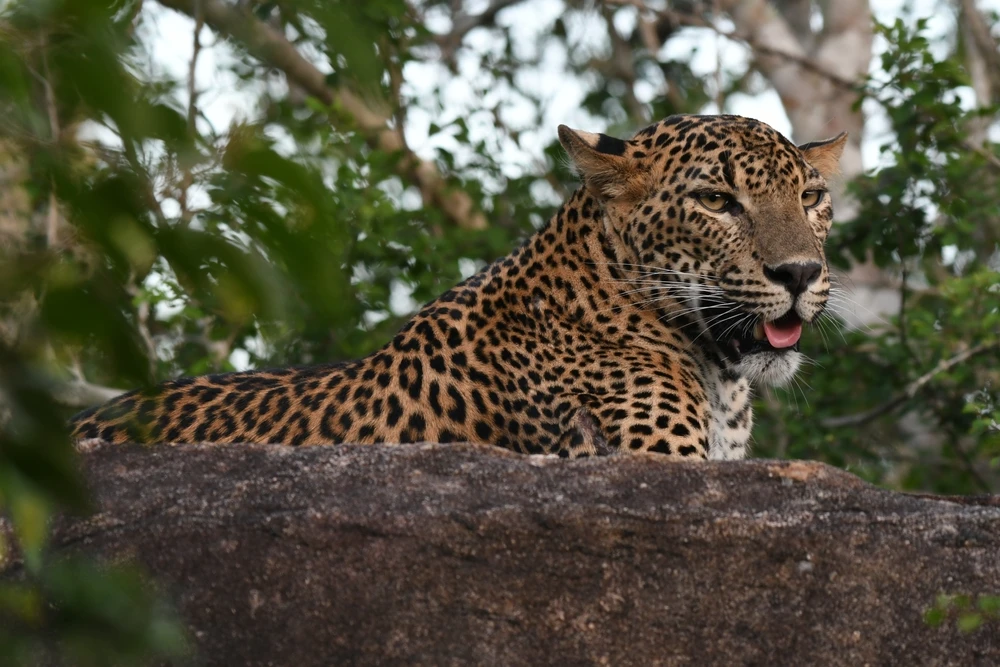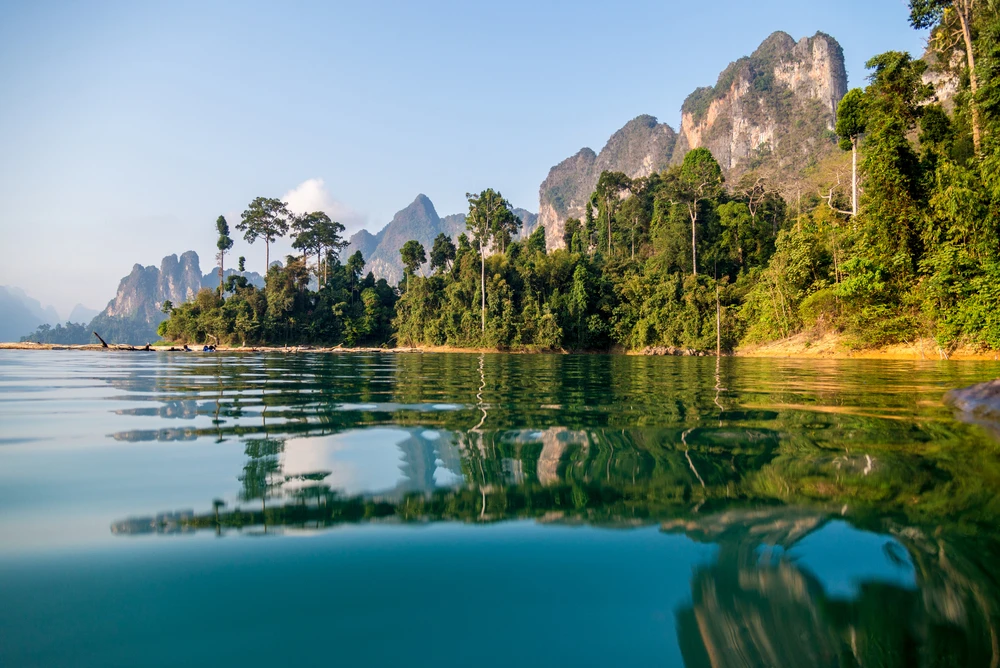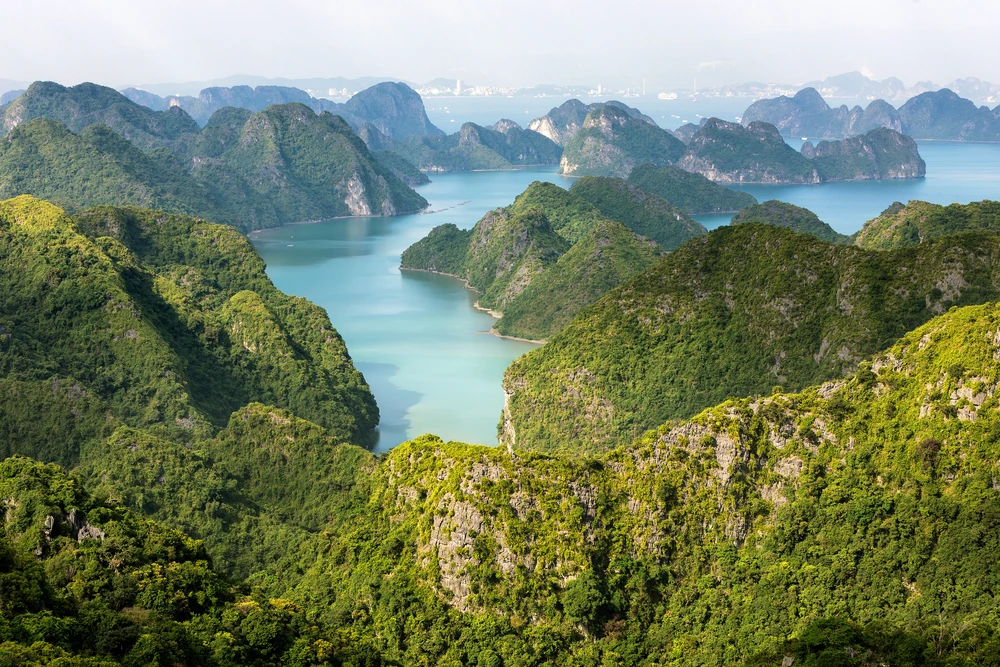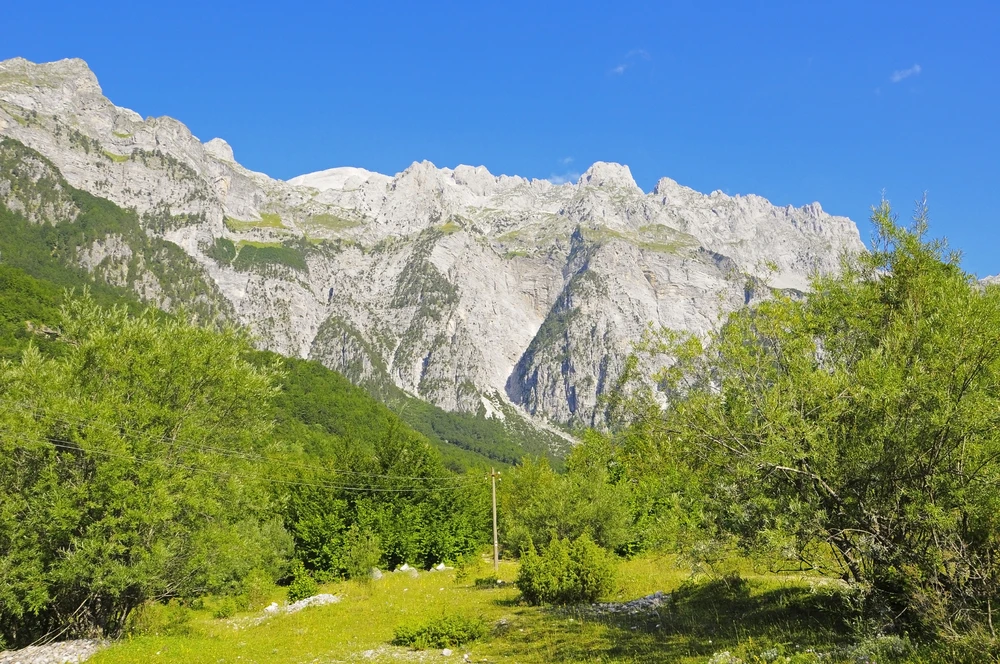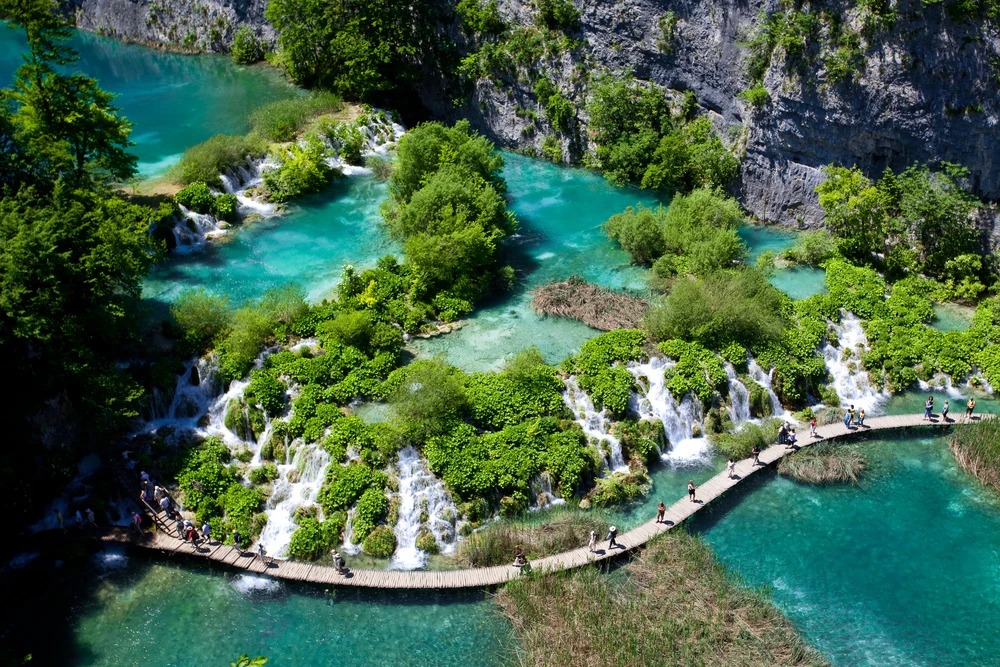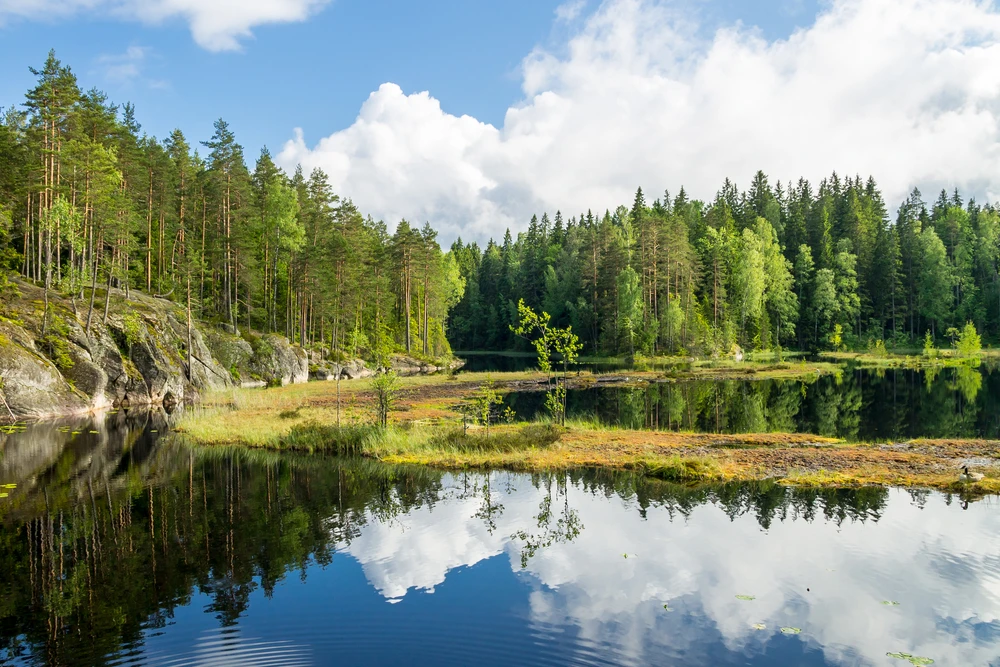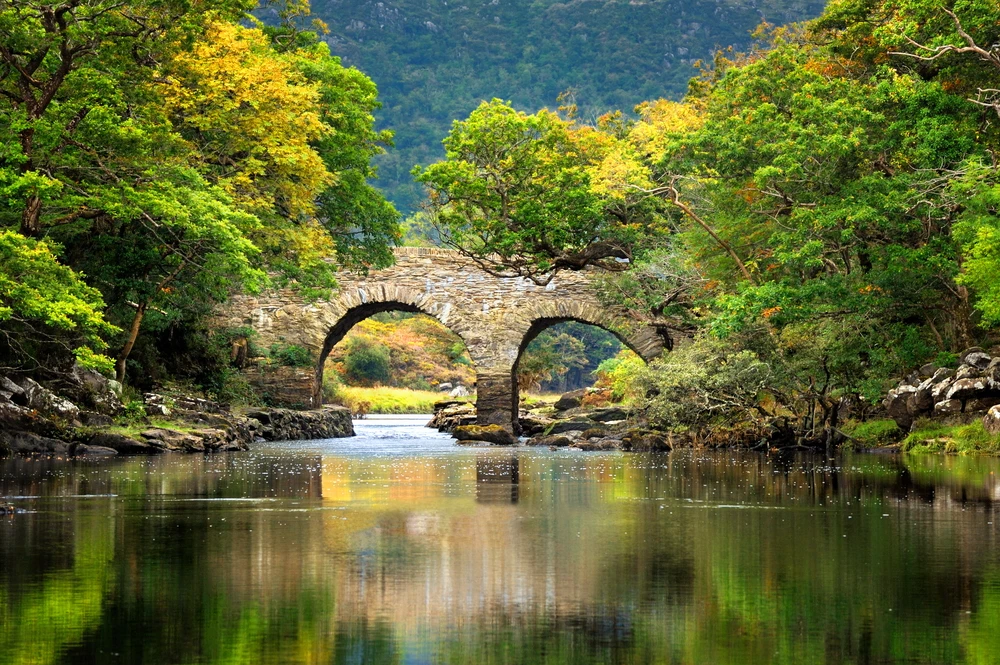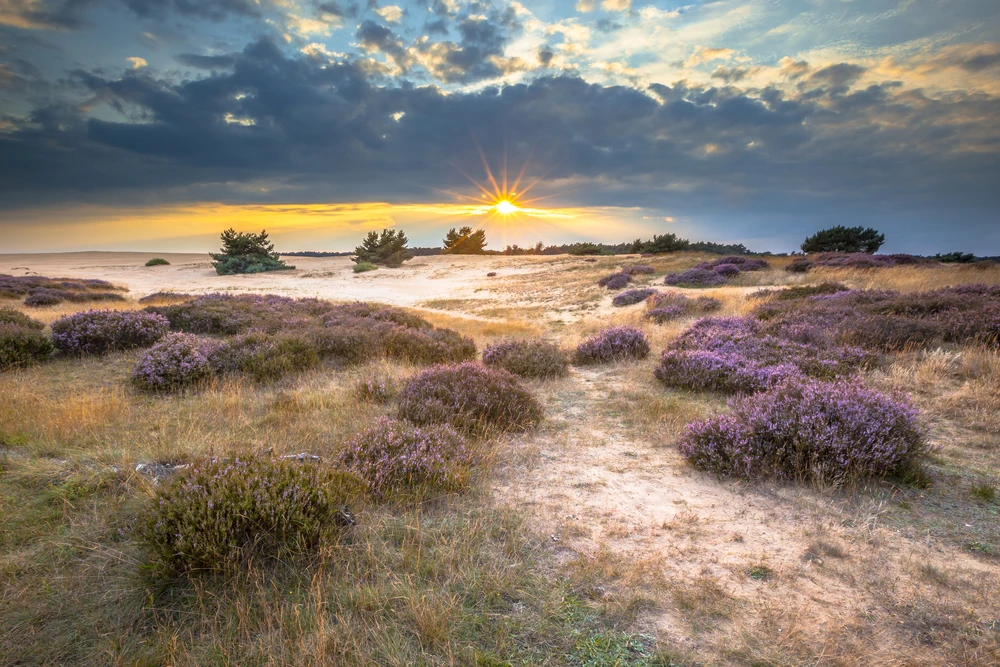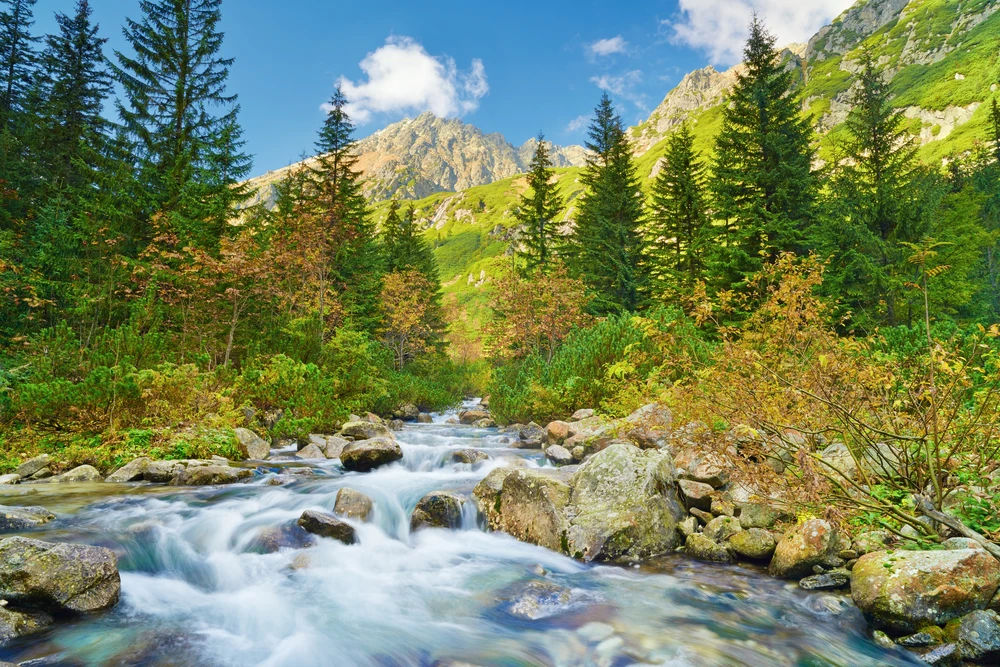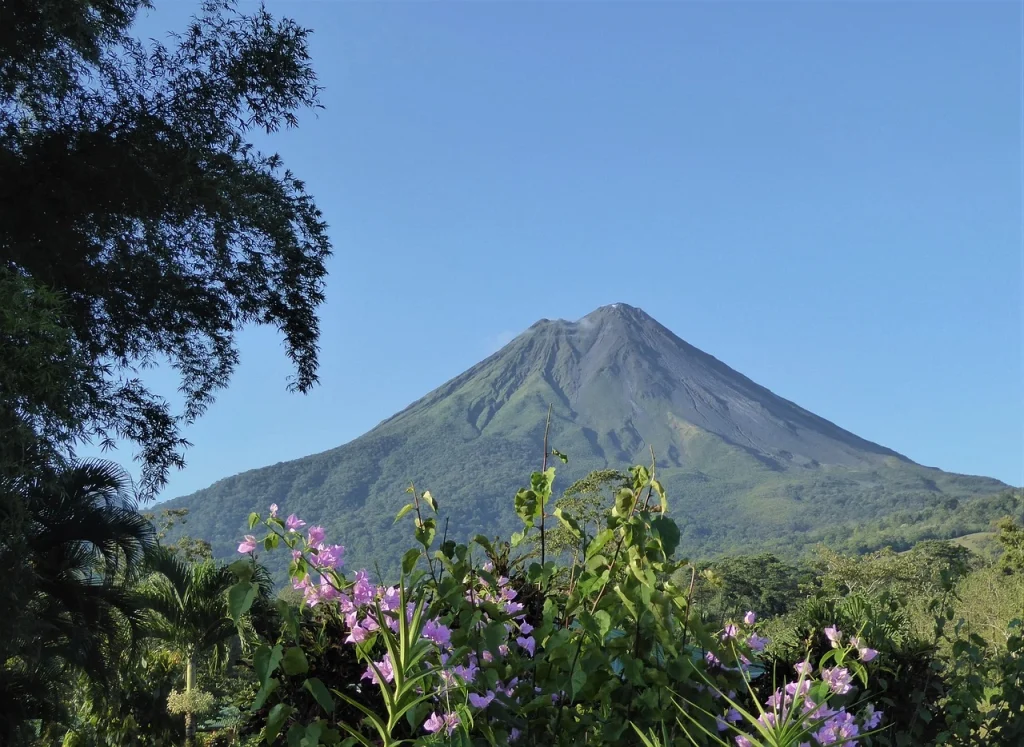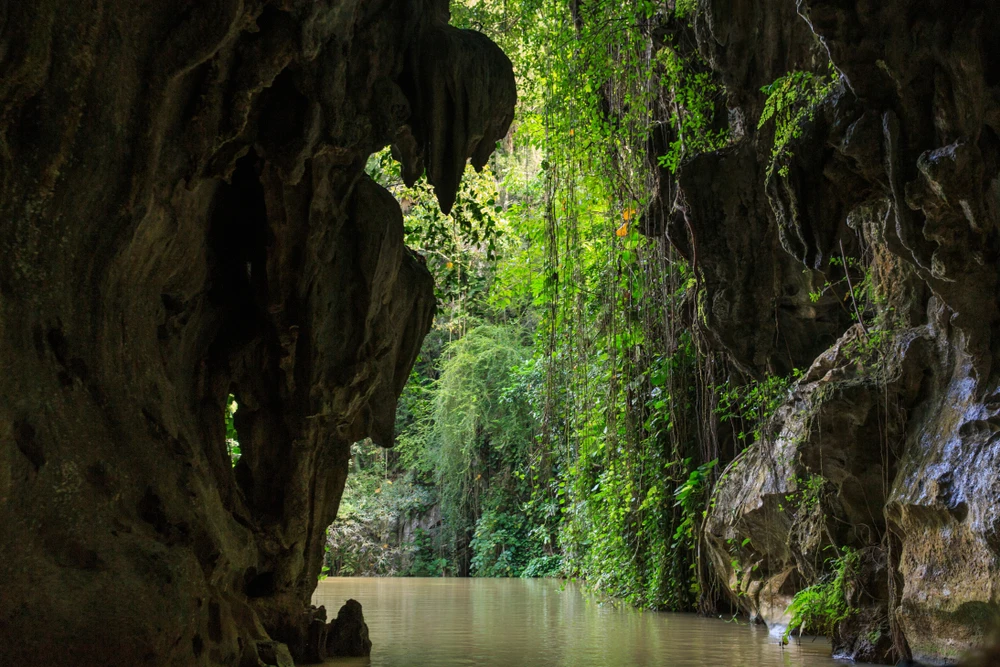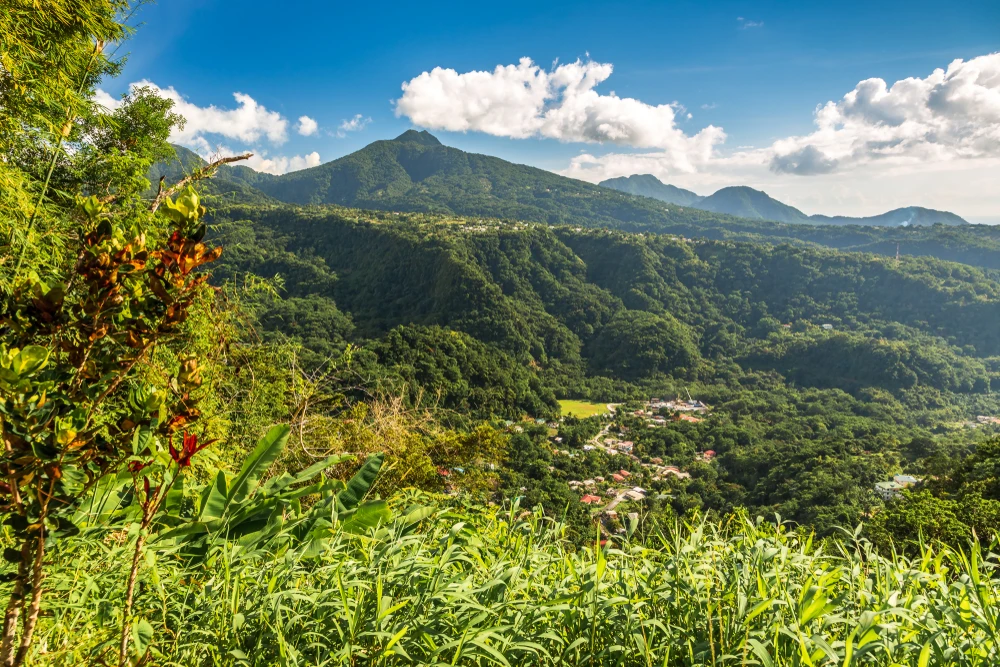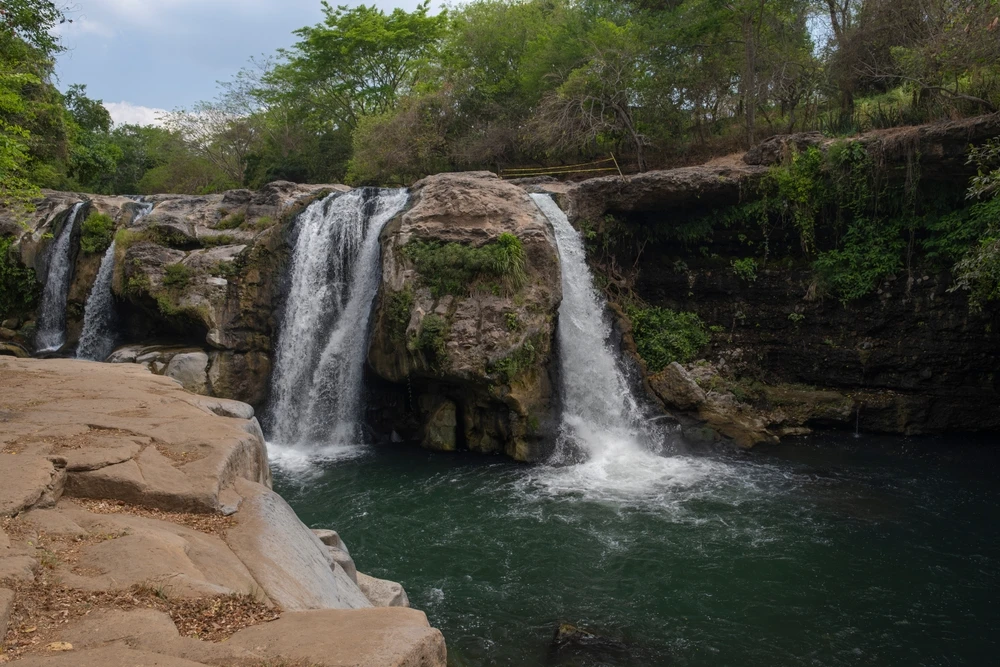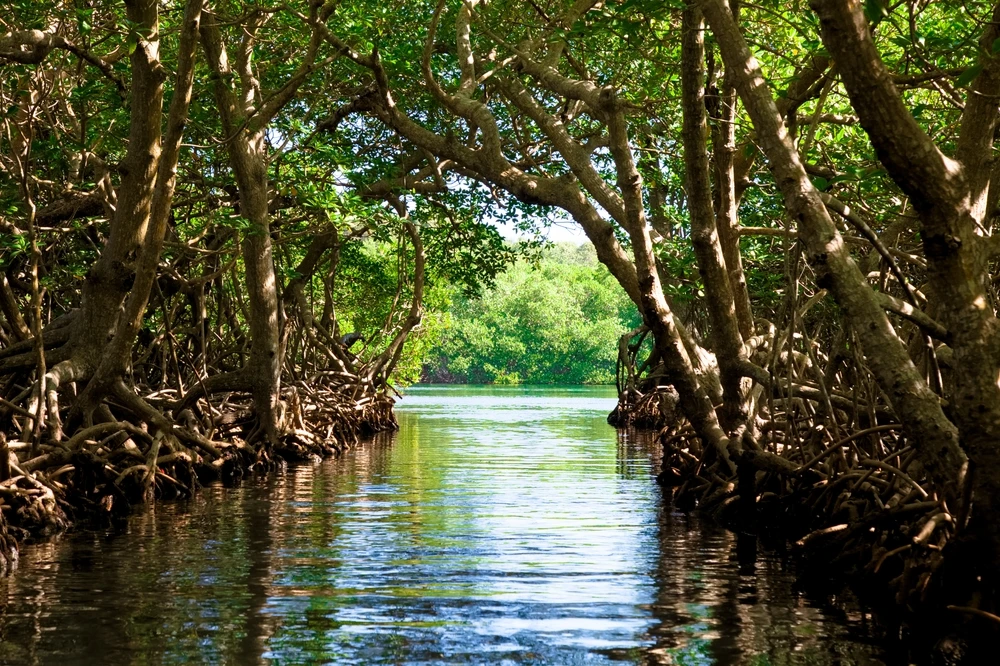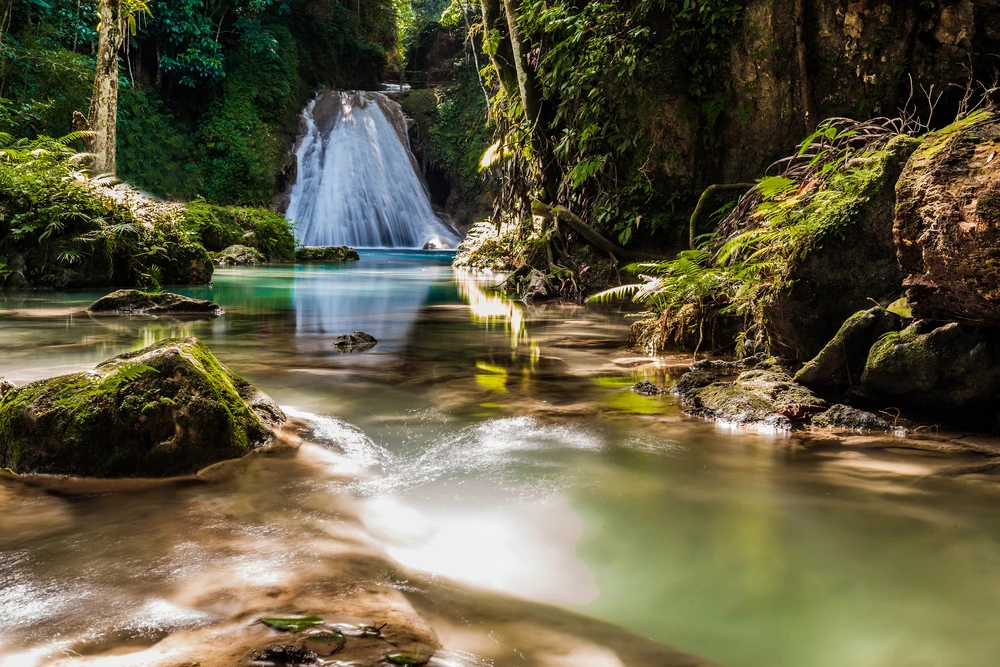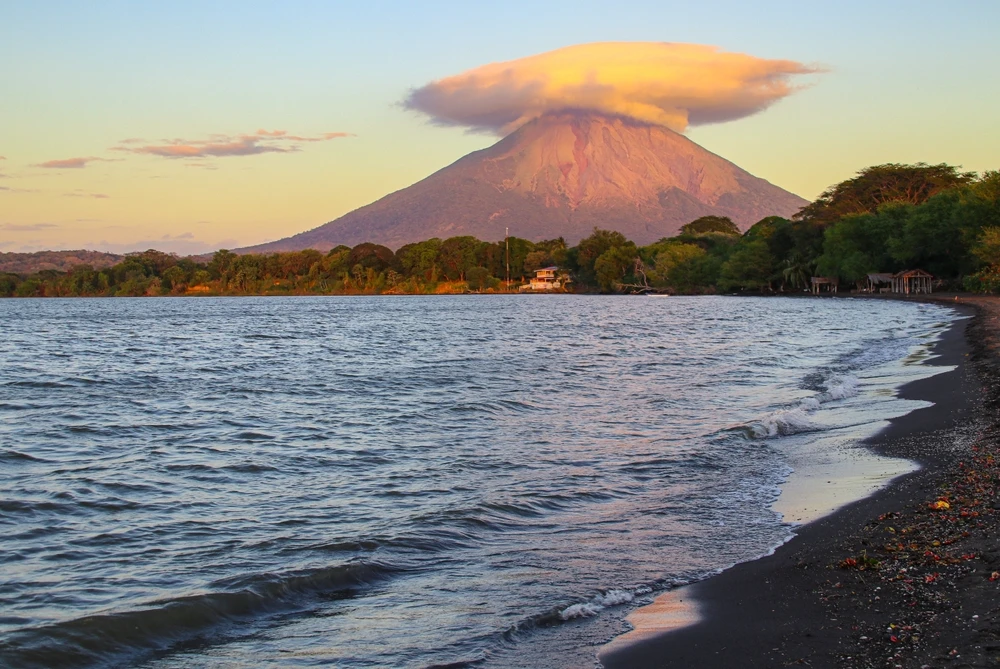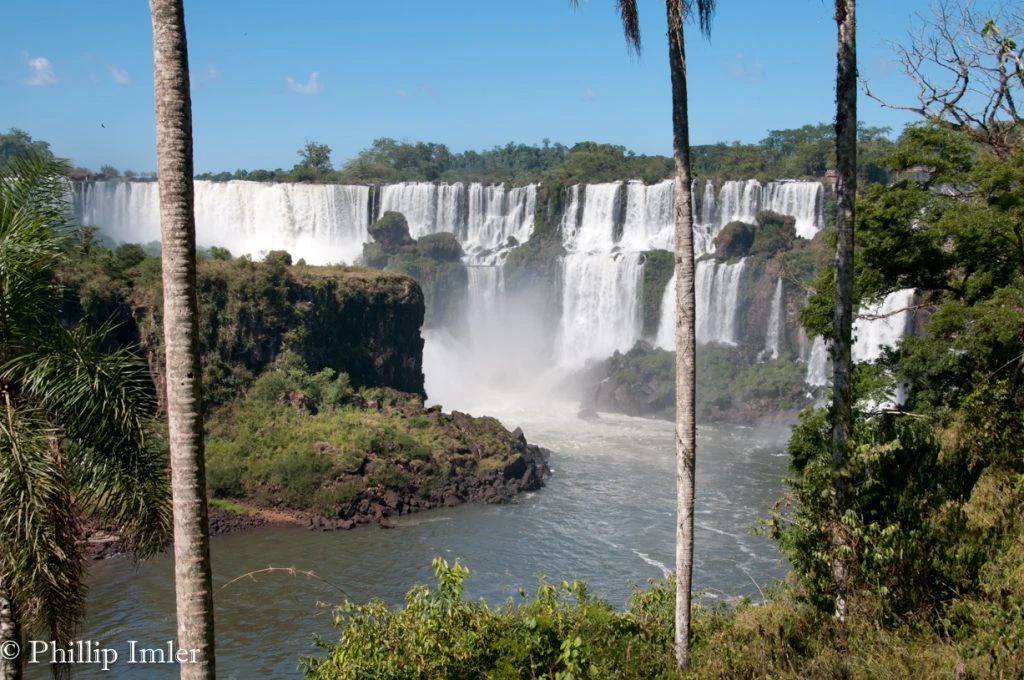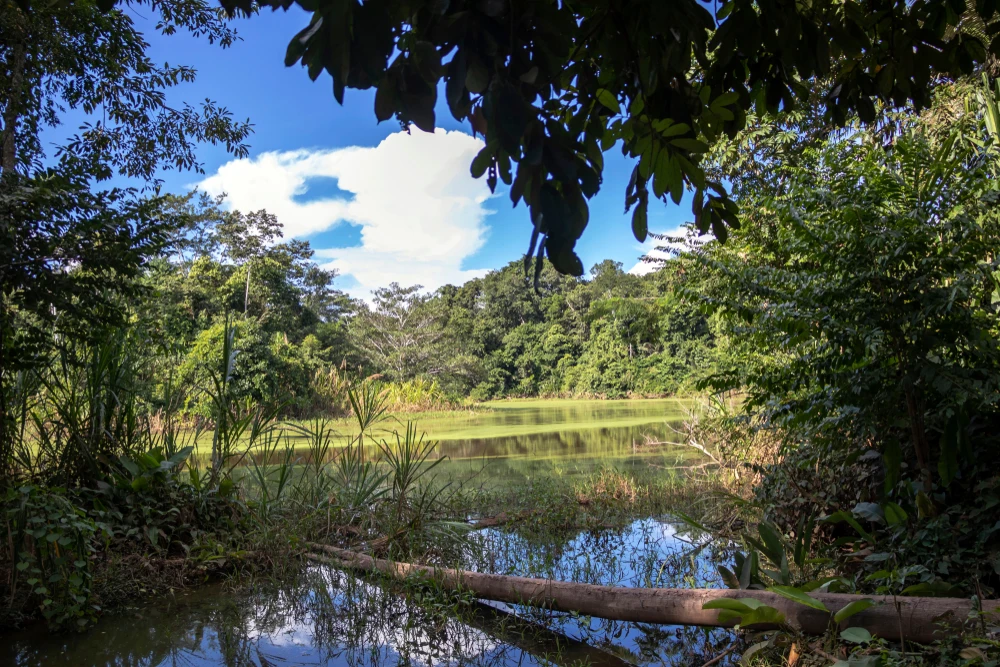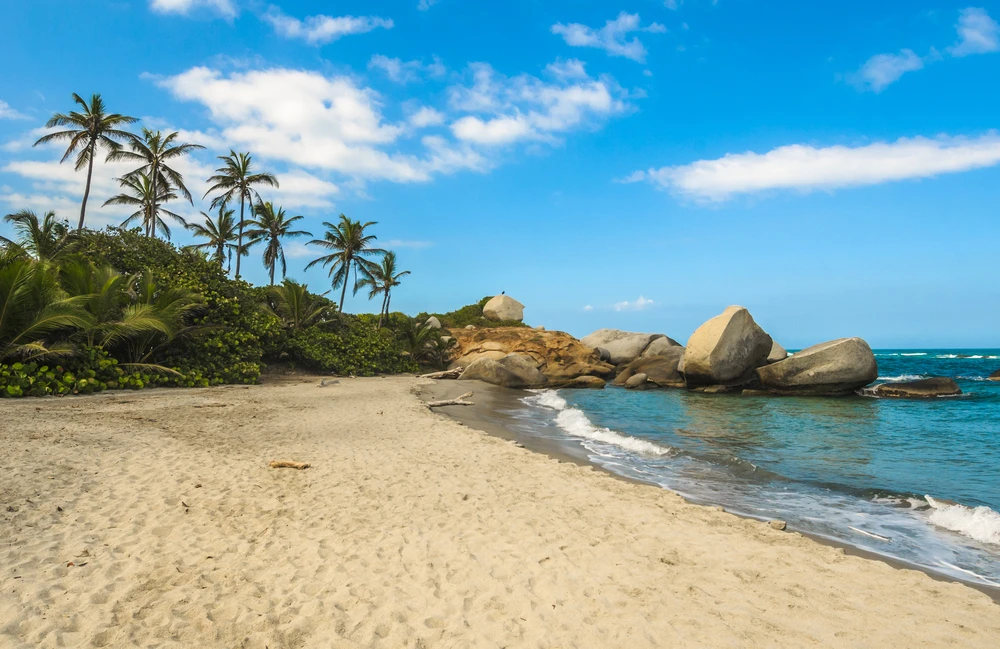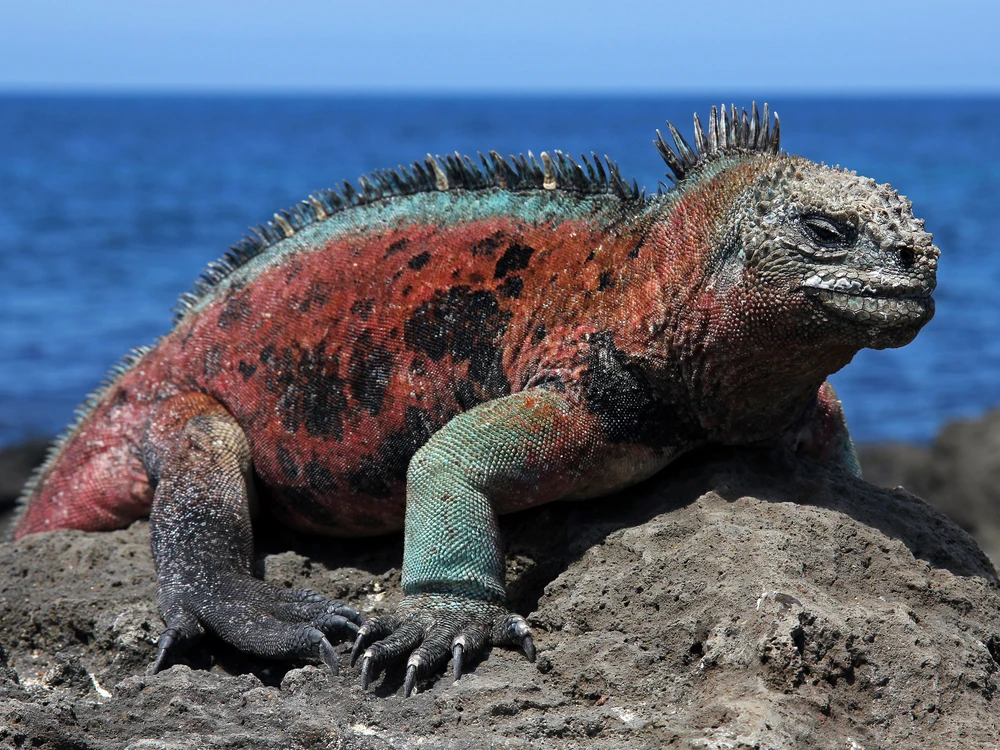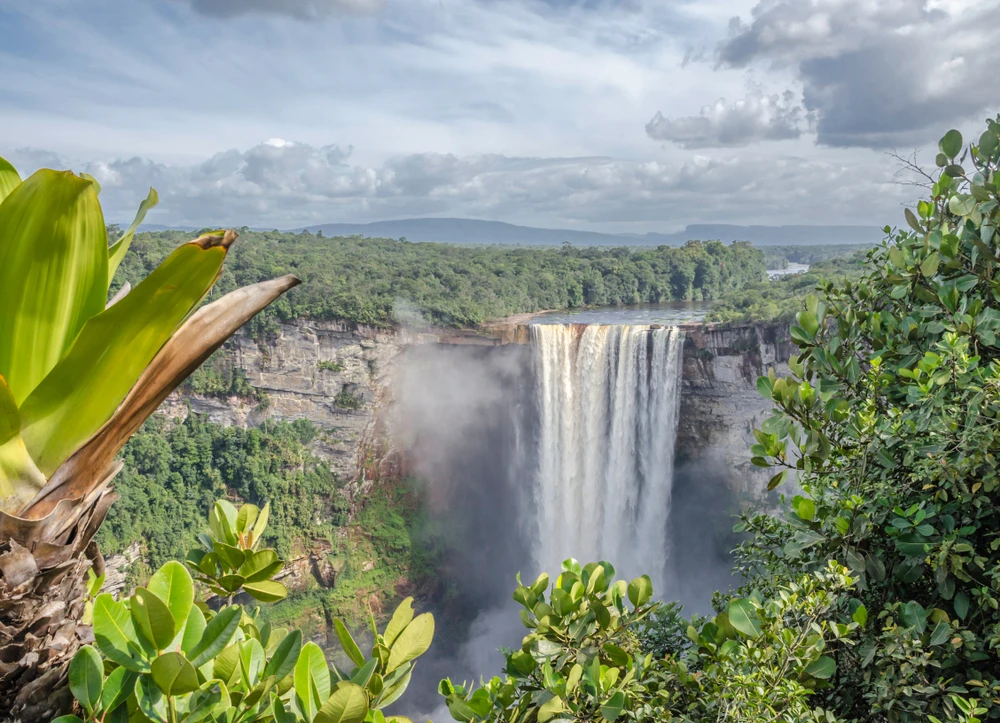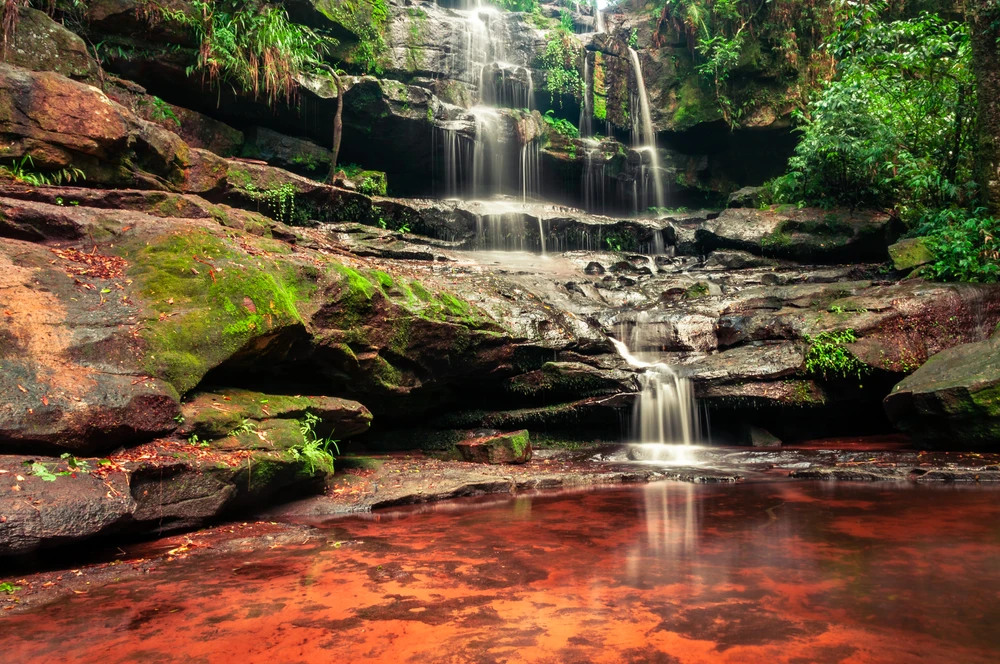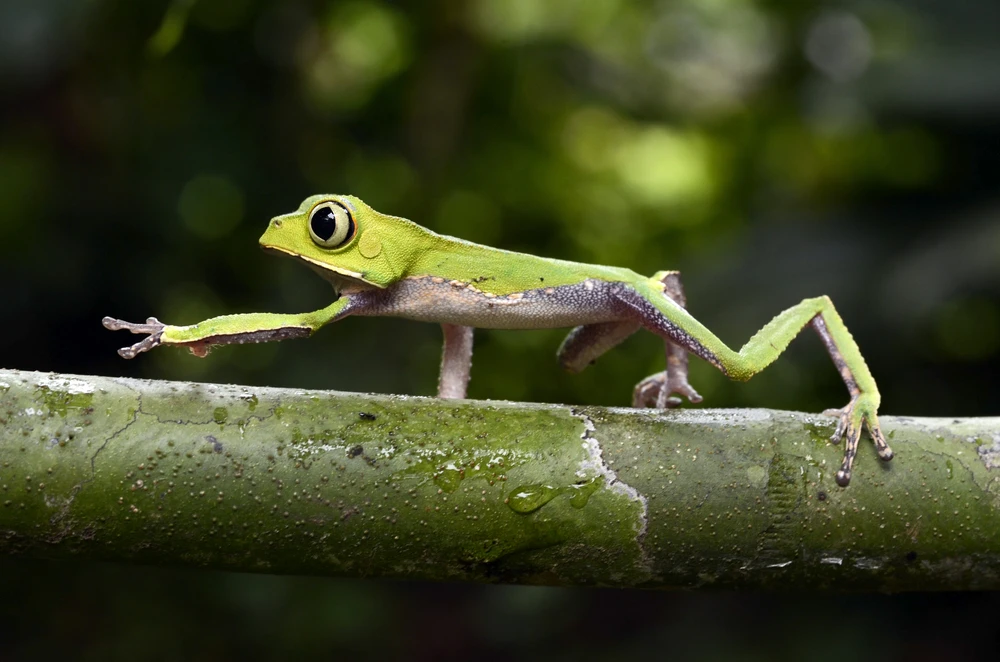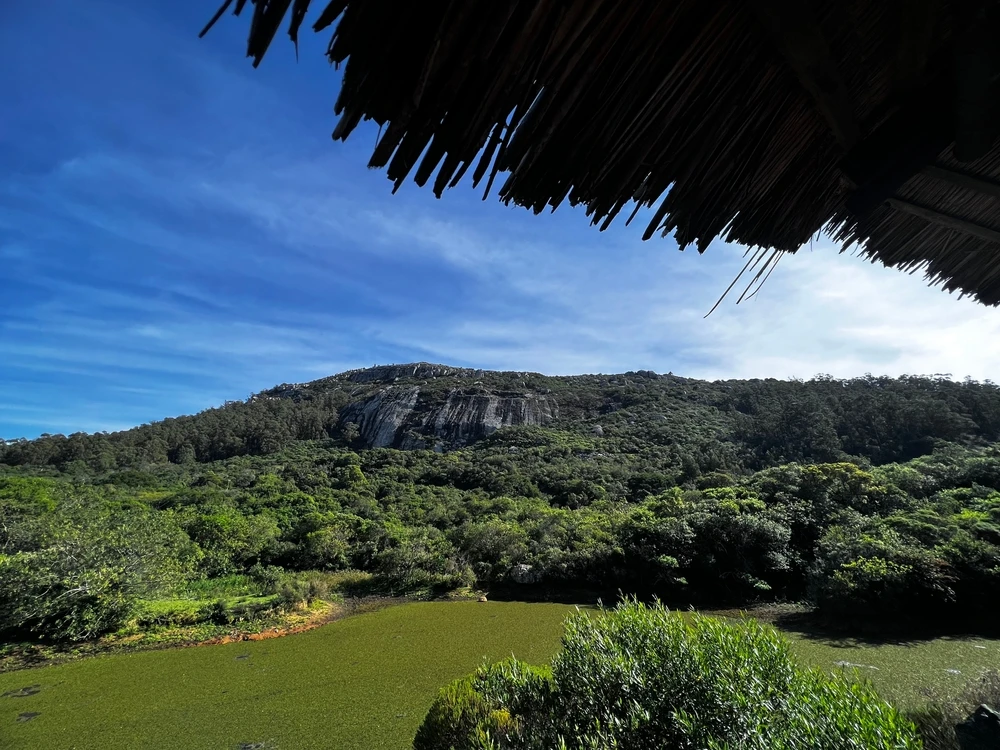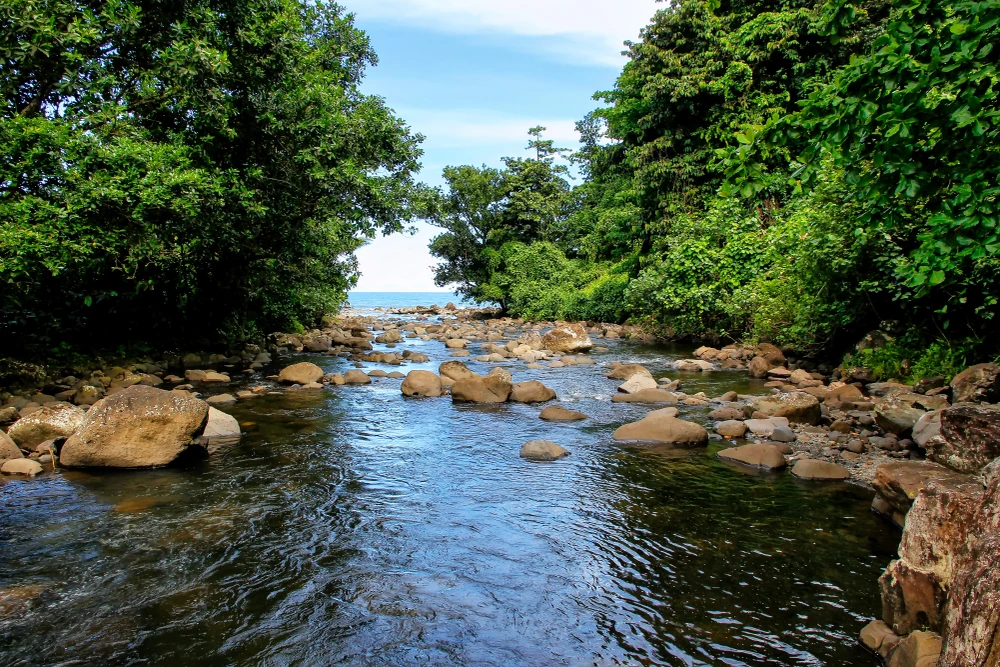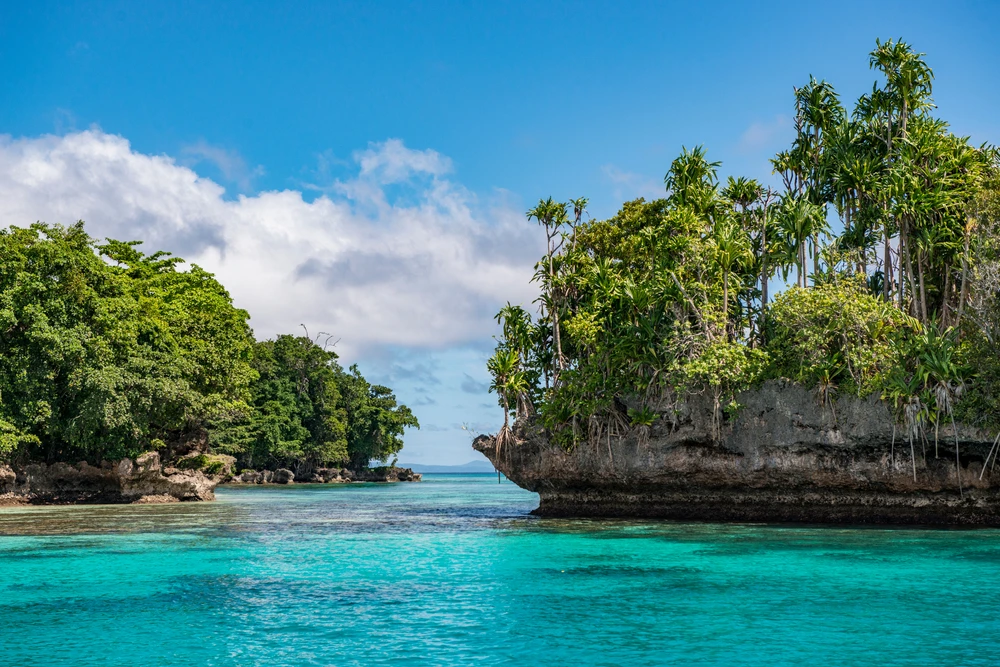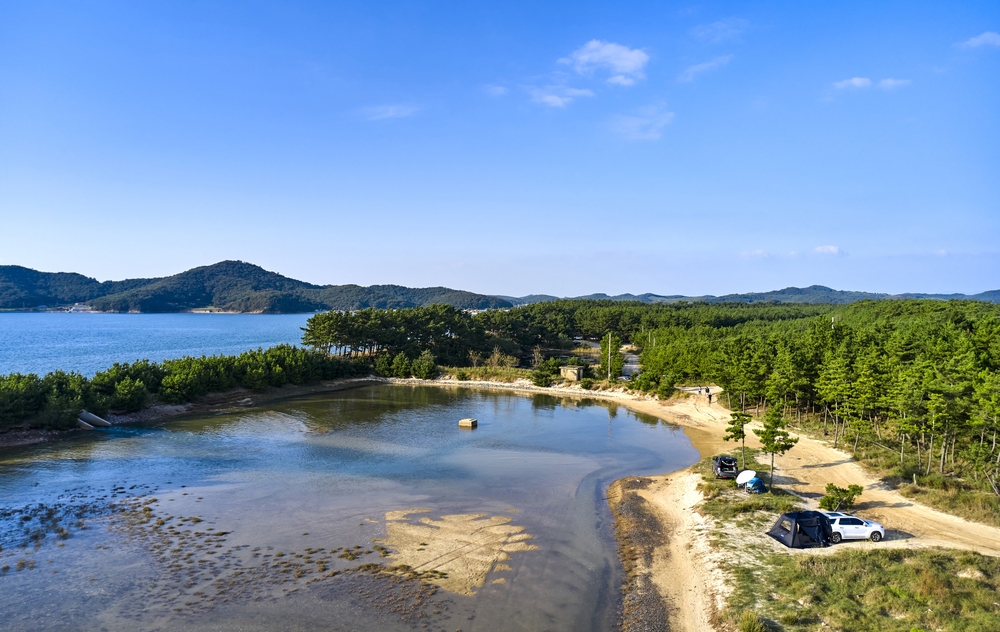Taeanhaean Overview
Taeanhaean National Park, known locally as 태안해안국립공원 (Taeanhaean Guknip Gongwon), is a stunning coastal park located on the Taean Peninsula in South Korea’s South Chungcheong Province. Established in 1978, this park spans approximately 326 square kilometers (126 square miles) of land and sea, making it one of the most iconic marine and coastal national parks in the country. With its unique blend of pristine beaches, diverse ecosystems, and fascinating geological features, the park attracts visitors seeking natural beauty and tranquility.
The terrain of Taeanhaean National Park is defined by a harmonious combination of rugged cliffs, sandy beaches, tidal flats, and lush forests. Key geographic features include the glittering coastline, stretching over 230 kilometers (143 miles), and the serene Cheollipo Arboretum, renowned for its expansive collection of plant species. The park also encompasses the majestic Gijipo Beach and the dramatic Byeonsanbando Peninsula, both beloved for their breathtaking views. During low tide, visitors can explore extensive tidal flats that reveal unique marine life and offer a fascinating insight into Korea’s coastal ecology. The vegetation varies widely, from salt-resistant flora like glasswort and reeds to thickly forested areas of pine, oak, and broad-leaved evergreens.
Wildlife in Taeanhaean National Park is equally remarkable. The tidal flats provide crucial habitats for a wide array of bird species, particularly migratory waterfowl and shorebirds. Birdwatchers flock to the area to catch glimpses of rare species such as the black-faced spoonbill and the Far Eastern curlew. The surrounding forests and wetlands are home to mammals like roe deer and raccoon dogs, along with amphibians and reptiles that thrive in this biodiverse environment. The park’s marine areas also shelter a vibrant underwater world, with fish, mollusks, and crabs populating the rich waters.
Popular features of the park include the scenic Anmyeondo Island, connected to the mainland by a bridge and known for its tranquil beaches and pristine sunsets. Taeanhaean is also famous for its spring flower festivals, including the Tulip Festival, which transforms the park into a colorful tapestry of blooms. Hiking trails, like the one leading to Kkotji Beach’s Halmi and Harabi Rocks, offer panoramic views of the sea and surrounding landscapes. Visitors can enjoy eco-tours of the tidal flats or explore by kayaking along the coastline, ensuring an immersive experience in the park’s natural wonders.
Conservation is a cornerstone of Taeanhaean National Park’s management. Efforts have focused on preserving the fragile ecosystems of the tidal flats and protecting endangered species. The park’s management has successfully reduced human impact through educational programs and sustainable tourism initiatives. However, challenges remain, particularly regarding climate change and the growing threat of coastal erosion. Nonetheless, Taeanhaean National Park continues to stand as a model of ecological preservation and community collaboration.


